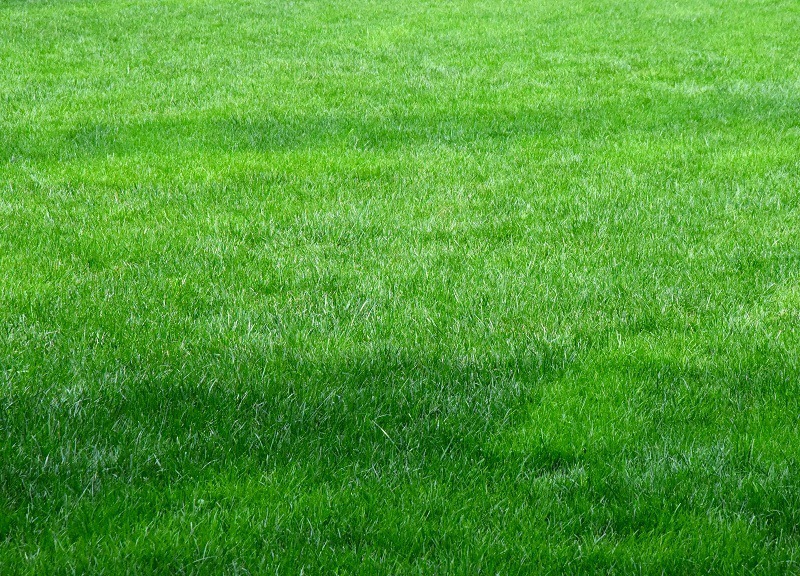Over the years, man-made turf has gained popularity as a substitute for natural grass and is now commonly found in sports fields, playgrounds, and even landscaping design in homes and commercial properties. The reasons for its popularity are its sturdiness, little upkeep, and pleasing green aspects all year round. But what is artificial turf made up of exactly?

1. The synthetic grass Fibers
The bladed grasses which most people come across and interact with first before delving deeper into the playing surface are found quite at the surface of any synthetic pitch. These fibers are made of mainly of three types of plastic materials:
Polyethylene (PE): This is a standard fishing erect for which fishing stands out as the most preferred product as it is quiet cheap and can withstand excess usage. Well designed and soft under care very important thus important for sore muscles
Polypropylene (PP): Polypropylene fibers consist of hard, less flexible, and cheaper non-durable fibers relatively to polymer ethylene polypto neoprene, which is not abrasion resistant under frosty moisture and traffic based construction sites. These are more common in lower foot traffic zones such as decorative synthetic grass areas due to their cheaper alternative but not as a cost effective when the demand is heavy use.
Nylon : The most wear-resistant layer in the construction of the playing surface is nylon that is why is able to withstand excessive traffic and even high temperatures. Nevertheless, it is relatively costlier therefore, it is usually blended with other fibrous materials such as polyethylene in order to strike a balance in terms of price and efficiency.
This synthetic yarn isUV protected so no such color fading will take place due to sunburn. Add on, some of the modern turf systems come with fibers with anti-static features and preinstalled antimicrobials that inhibit microbial and mold growth.
2. Backing Materials
The fibers are tufted into a primary backing that holds the fibers in place. Usually, this backing is skin was made from irritation resistant polypropylene fabric. The primary backward sandwiched Tanner latex or polyurethane under which this primary backward was made acts as a secondary backward adding strength and support to the turf.
In this way, the dual-backing system aids the turf in its tactical purpose of serving a specific function and performing well at all times without disturbing its architecture. The strength and design of the backing is one of the major parameters for assessing the durability and service life of synthetic turf.
3. Infill Materials
Infill is one of the integral parts of an artificial grass system wherein support and shock absorbing protection is provided to the grass fibers. Infills are designed to assist the upright position of the turf blades even after running on it and enhance the process of draining water. There are different types of infill materials used:
Silica Sand: While sand is not the most desirable infill material, it is still used a great deal owing to the low costs associated with it. It helps support the turf, improves in its shape but does little in terms of cushioning.
Crumb Rubber: Crumb rubber is created from used tires and is widely utilized within the sports field surfaces as cushioning material because of its ability to absorb shocks and reduce the forces on players when they fall or collide. It provides additional softness to the surface, making it not feel too synthetic compared to real grass.
Organic Infill: Cork and coconut fibers are becoming increasingly popular as natural organic fill materials. These natural substances provide cushioning, support as well as being biodegradable and environmental-friendly.
In some cases, the combination of rubber infill and silica sand infill is also adopted to fine-tune to the required amount of softness/shock absorbent.
4. Shock Pads
Shock Pads given their name may sometimes be used in very Impactive areas, for example, for the protection of sports synthetic grass or when used on children’s playgrounds. Most of these pads are made up of foam or rubber which can be used to lessen possible injury by impact. The structural features of the shock pads are to strengthen and influence the mobility of the system, particularly during vigorous exercises such as running, jumping, or falling.
5. Drainage Layer
In every synthetic turf system, the drainage layer water is of equal importance as it protects theturf layer and the surface from water concentration or flooding by allowing water drainage. Bellow the backing layers the base comprises such easements as compacted aggregate materials e.g. crushed stone/gravel which act as a firm base and encourage drainage.
It is also important to note that there is no development of water logging as a result of too much water within the system since over time there is a possibility of damaging the turf. More advanced artificial turf systems have included perforated backings for proper and quick drainage of water which would otherwise make the surface wet and be prone to grass growth.

 Mobile Phone:
Mobile Phone: Wechart:
Wechart: Contact Now
Contact Now